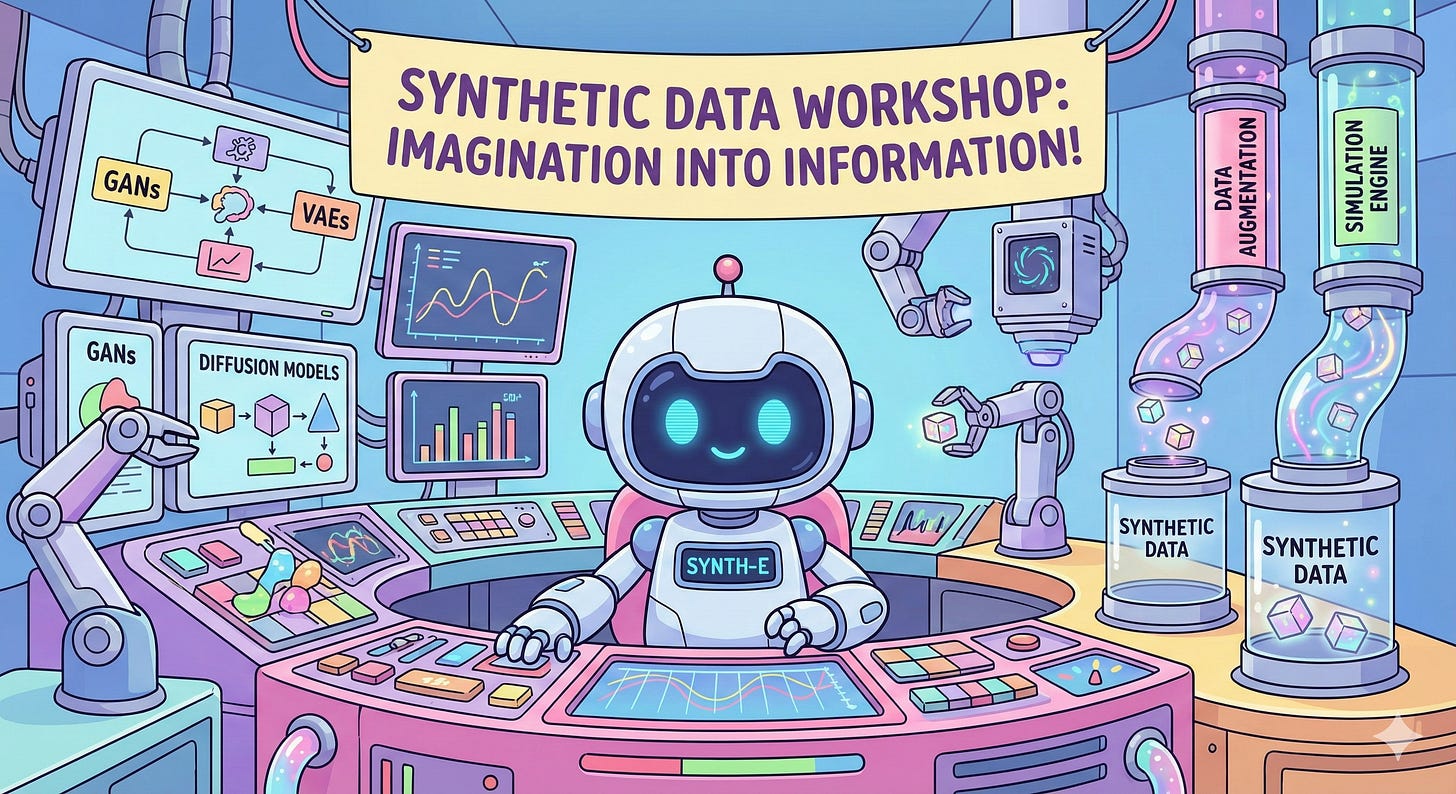The Sequence Knowledge #760: Everything You Need to Know About Generative Synthesis in AI Models
A walkthrough the different generatiuve synthesis methods.
Today we will Discuss:
An overview of the most important generative synthesis methods.
A review of Stanford University’s research on the STaR method for synthetic data generation for reasoning.
💡 AI Concept of the Day: Not All Generative Synthesis Methods are Created Equal
Here’s a clean way to frame generative synthesis across two axes: (1) spec-first vs. goal-conditioned control and (2) the model class you use to realize it—autoregressive (AR) decoders (LLMs for text/code, AR TTS, etc.) and latent models such as VAEs (often for vision/audio). Spec-first begins with an explicit blueprint—schema, fields, distributions, difficulty knobs—and asks the model to instantiate it. Goal-conditioned begins with an objective—tests, rewards, or judges—and searches until candidates pass. Either control style can be implemented with either model class; the difference is where you place the constraints (token stream vs. latent space) and how you search (decode strategies vs. latent optimization).

